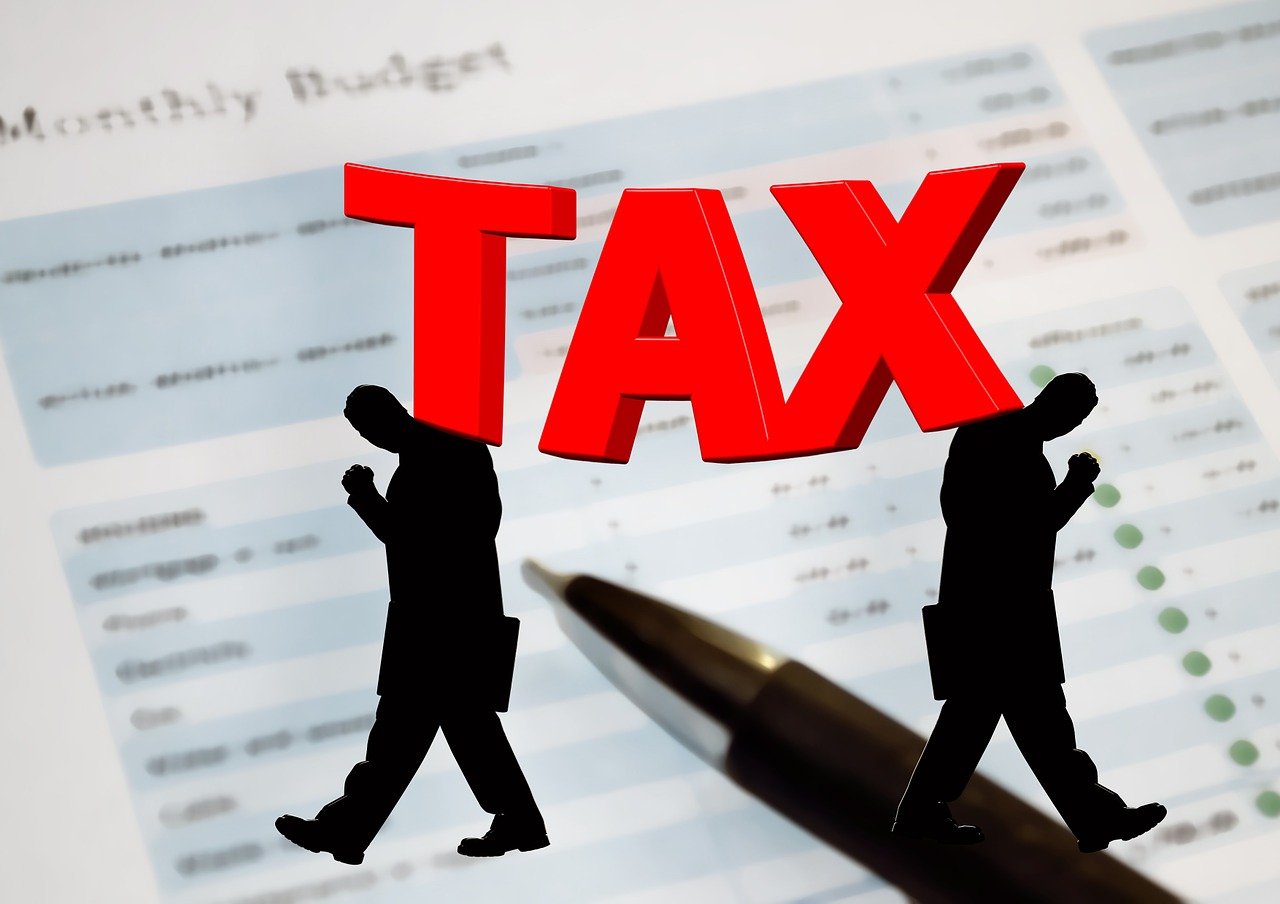When it comes to GST return filing, one of the most common questions small businesses and MSMEs in India ask is — Should I file GST returns myself or hire a professional?
As someone who has been filing GST returns personally for my own micro MSME for years, I can confidently say: Yes, it is possible — and often wise — to file GST return on your own, especially if you’re a small business or startup with limited resources and limited transactions and a turnover well below the ₹5 crore threshold.
My Experience with Self-Filing GST Returns
I run a small MSME, and right from the beginning, I’ve been managing GST return filing on my own through the official GST portal. Since our turnover is far below ₹5 crore, the process has been simple and manageable.
We also don’t have a large volume of invoices or complex transactions. This makes filing GSTR-1 and GSTR-3B straightforward, especially with the user-friendly features available on the GSTN portal.
In fact, when I first started, our business was so small that hiring a CA or GST practitioner felt unnecessary. By dedicating a little time to understanding the portal and watching a few tutorials, I was able to handle the entire process smoothly.
you may also like :Why GST registration is important for small business
Key Factors to Consider Before Filing GST Return by Yourself
Whether or not you should file GST return on your own depends on several important factors:
1. Turnover
If your business turnover is under ₹5 crore, you qualify for Quarterly Return Monthly Payment (QRMP) scheme. This means:
- You only need to file GSTR-1 quarterly
- Pay taxes monthly using PMT-06
- File GSTR-3B quarterly
This significantly reduces the compliance burden for small businesses.
2. Number of Transactions
If your business has fewer invoices per month, it’s easier to track and report them accurately. High-volume businesses with daily B2B transactions may find it better to use accounting software or hire a GST expert.
3. Familiarity with GST Portal
The GST portal is fairly intuitive. If you’re comfortable using basic online platforms and can understand basic tax concepts, self-filing is quite easy. There are also help videos and resources available directly on the GST website as well as various video on you tube by professional chartered accountants.
4. Cost-Saving for Micro Businesses
For micro-enterprises and new startups, saving on compliance costs can be crucial. By filing your own returns, you eliminate the recurring cost of hiring a professional.
5. Availability of Digital Tools and Automation
Many small businesses now use free or low-cost digital tools to manage their accounting and GST compliance. Software like ClearTax, Zoho Books, and Vyapar can auto-generate GST reports and even assist with GSTR-1 and GSTR-3B filing. These tools simplify the process and make self-filing more accurate and efficient, even for first-time users.
Tips for Easy GST Self-Filing
- Maintain organized records of all invoices.
- File GSTR-1 carefully – this return reflects your outward supplies.
- File GSTR-3B on time to avoid penalties.
- Use offline tools provided by GSTN if internet speed is slow.
- Set calendar reminders for due dates.
When You Might Consider Hiring a Professional
While self-filing works great for many small businesses, there are situations where hiring a GST expert might be beneficial as well as a necessary.
- Large number of B2B transactions
- Frequent interstate supplies
- Dealing with exports, SEZs, or e-commerce platforms
- Limited time or resources to manage compliance
🔚 Final Thoughts
For small businesses and MSMEs in India, especially those with limited turnover and transactions, filing GST return on your own is not only possible but also practical. I’ve done it myself, and it saved us both time and money during our early stages.
However, you must assess your own business size, transaction complexity, and comfort with the GST portal. The government has provided flexible filing options like quarterly GSTR-1 under the QRMP scheme to make compliance easier for small businesses.
✅ Bottom line: If you run a micro or small enterprise, have basic digital skills, and your transactions are limited — self-filing GST returns is a wise and cost-effective choice.



